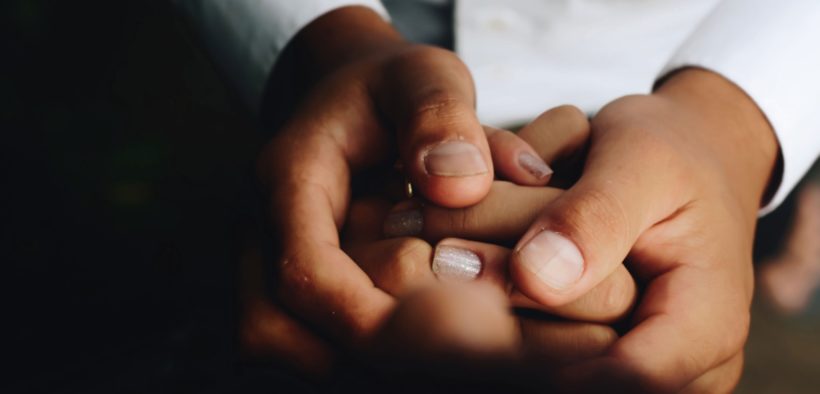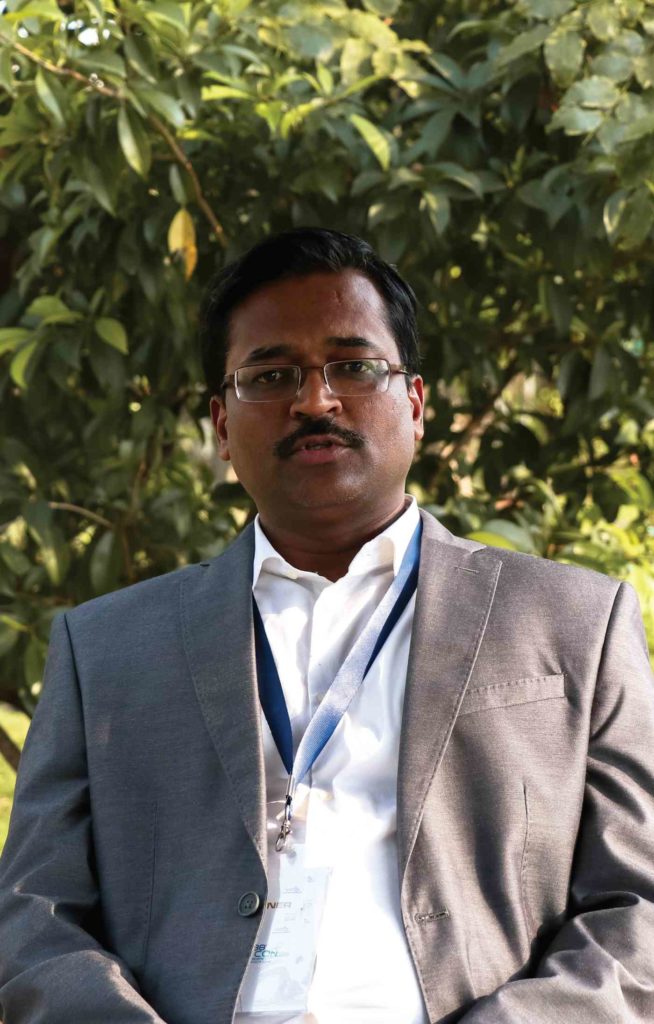Healing The Little Ones

Nashik-based Dr Shailesh Bondarde is optimistic about the advances in medical and paediatric oncology.
By Sumi Thomas
What are the challenges India faces when it comes to pediatric oncology?
Most pediatric cancers are curable. The incidence is generally low. The most important thing is the awareness that should be there among pediatricians regarding childhood cancer is less. So invariably, children come to us at advanced stages of cancer. But the good bit is that, even if the cancer is at an advanced stage, we are able to cure more than 80 percent of pediatric cancers. Also, the cost of treatment is not as high as compared to cancers in adults. Where early detection can help is by further bringing down the cost of treatment.
What are the efforts being made to overcome the challenges being faced in this area?
When it comes to cancer treatment, finances are very important. Even though the chances of cure are higher in pediatric cancer, and the cost of treatment is not as high as in the case of adults, there are still many people in our country who cannot afford this treatment. The government has various schemes to help people with cancer treatment, and invariably, most of these schemes cover childhood cancer. With the new health scheme envisaged by our Prime Minister Narendra Modi, an amount of Rs 5 lakh will be made available to almost all financially-disadvantaged patients suffering from pediatric cancer.
In the fields of medical and pediatric oncology, what are the changes you have witnessed in your practice over the years?
When I started my practice around 20 years ago, the education about cancer among the doctors was less, and there were also fewer drugs available for cancer treatment. The best example I can give is that of chronic myeloid leukemia, for which the treatment was bone marrow transplant. This was the only treatment available to cure this disease. Now, we are able to keep the disease under control for more than 80 percent of the patients with just one pill a day. And today, most of the cancers are treated with targeted treatment, where the drug targets the particular cause of cancer. These drugs are easily available today, though their cost is still high. The drugs are now administered in the oral formulation and have less toxicity as compared to the chemotherapy drugs that were available earlier.
You mentioned that the incidence of childhood cancers is low. Is there a particular contributing factor that causes such cancers to occur?
In adults, we say that cancer is a lifestyle disease. If we look at oral cancer in adults, for instance, these are related to tobacco; tobacco makes for 70-80 percent of such cancers. The etiology of lung cancers is tobacco and smoking in around 80 percent of the cases. All these etiological agents are not present in the case of pediatric cancer. Lifestyle, as a contributing factor, does not really account for much in the case of childhood cancer.

VERY IMPORTANT. EVEN THOUGH THE CHANCES OF CURE ARE
HIGHER IN PAEDIATRIC CANCER, AND THE COST OF TREATMENT
IS NOT AS HIGH AS, IN THE CASE OF ADULTS, THERE ARE STILL
MANY PEOPLE IN OUR COUNTRY WHO CANNOT AFFORD THIS
TREATMENT.
Dr. Shailesh Bondarde
Nashik Cancer Foundation
You have started the Nasik Cancer Foundation. Could you tell us a bit more about the foundation’s objectives and activities?
We started the Nasik Cancer Foundation 10 years ago. Our activities are focused on cancer education among the general public, as well as among doctors. We have also done screening camps under the aegis of the foundation. We have also aided financially in the treatment of patients suffering from cancer. I work with an NGO, HL School Alumni (the school I belong to) do a lot of work towards cancer education. And this is not just confined to childhood cancer; it is spread over a vast spectrum of cancers.
Do tell us a bit about your journey as a medical oncologist.
I started out as a medical oncologist in Nasik, 20 years back. That was a time when all the doctors would just send cancer patients home with the advice to give supportive care only. The term used would be ‘Inki Seva Karo.’ To this day, when we are able to cure many patients, it has indeed been a long journey. We started with a small setup and today, we have a 50-bed hospital, with oncology as our main focus. We are planning for a radiotherapy setup and a comprehensive cancer unit over the next couple of years. What is commendable is that doctors have started diagnosing this disease and people have started accepting it as a disease, one with a possible cure. The disease is of course on the rise, and we are seeing more and more cancer patients. The good part is more people are coming in at an early stage and we are able to give scientific treatment, thanks to which more people are getting cured.
Is there a lack of oncologists in the country, as compared to the increase in the number of people affected with cancer?
As of today, yes. But if you check the figures, you will see that we are getting close to 100 medical oncologists trained every year, with DM. In the next 10 years, the problem of not having enough oncologists will be easily solved. Another problem is that as of now, there are many patients who are not receiving treatment from the oncologists, as they cannot travel from the village to the city. With more and more oncologists settling down in Tier 2 cities, this scenario should be improving soon.
What is your preferred way to unwind?
Relaxing with the family is something I like. A few friends and I also get together and sing with a few instruments.
Who has inspired you to choose this path?
My inspiration has always been my teacher, Dr. Suresh Advani. I admire the way he talks to the patient, the way he treats the patient, and the positive attitude he exudes to the patient, and also towards life. He is exceptional. Hats off to him for training so many oncologists in this country














